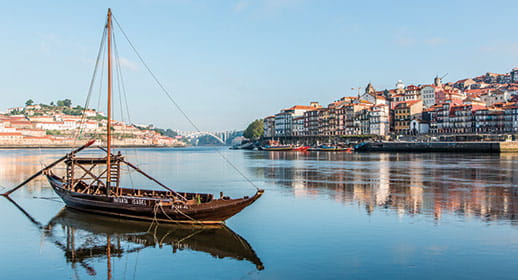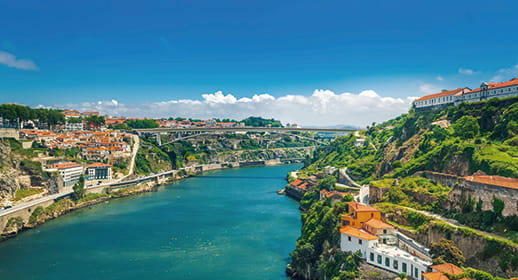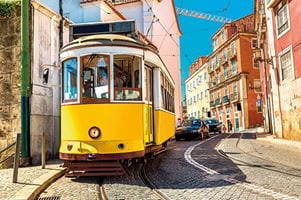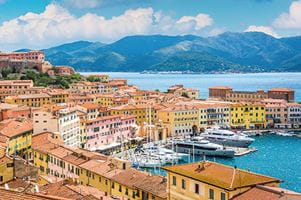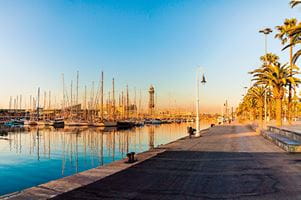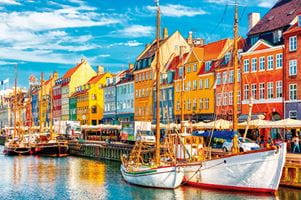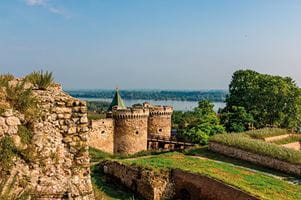Destinations
Drift along the Douro with a European river cruise
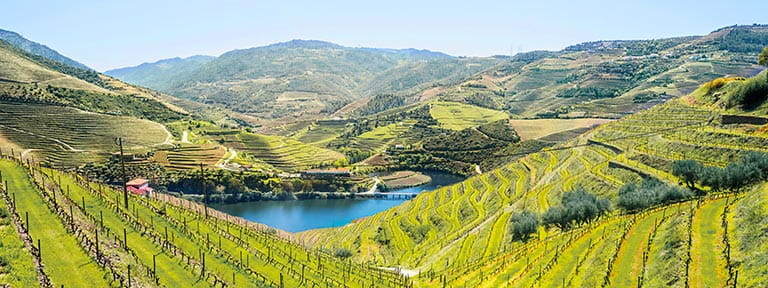
A Douro river cruise is an opportunity to soak up more than just world-class wines. As the oldest demarcated wine region in the world and a UNESCO World Heritage Site, the land surrounding the Douro river is tranquil yet alive with tradition - making this river not only beautiful, but absolutely packed full of culture, heritage and history.
As olives ripen under the warm sun, port ages quietly in century-old cellars and the Douro meanders down to the sumptuous city of Oporto, river cruise passengers can sail leisurely by, basking in the magical atmosphere of this unique part of the world.
Where is the river Douro?
The third longest river on the Iberian Peninsula, the Douro begins in the Sierra de Urbión, flowing for 556 miles across Spain and into Portugal before meeting the sea at the city of Oporto. For around 70 miles, the Douro River forms a natural border between the two countries, before snaking west towards the Atlantic Ocean.
Although much of the Spanish section of the river is unnavigable, the west of Spain is ripe for exploration. A Douro river cruise will guide you through the stunning ravines of the Arribes del Duero National Park, and take you within touching distance of the famously beautiful Salamanca, Spain’s ancient city of learning.
The history of the Douro river
The history of the Douro River is as expansive and varied as the landscapes it crosses. The name Douro has Celtic roots (relating the Welsh ‘dŵr’ and Breton ‘dour’, which both mean water), and the Lusitanians held it in such high regard that they personified it as a god called Durius.
A millennium of trading and wine-growing began with the Phoenicians, who are known to have settled at the mouth of the river in the 8th century BC. This legacy of wine growing has created the iconic grapevine terraces that rise up at improbably steep angles from the riverbank, and add a flourish to the stunning landscape.
Like its Spanish counterpart, this section of the Douro was previously too unpredictable for large ships, meaning that wine had to be carried downriver by small flat-bottom boats named rabelos. It was only in the 1960s that the river began to open up through the creation of locks and dams, enabling the cruises we see today. Though gaining in popularity, the Douro remains something of a hidden gem, and an idyllic location for a relaxing river cruise.
What can you see on a Douro river cruise?
Our Douro river cruises aren’t just for nature lovers. The ancient towns and cities of the region thrum with history and culture, allowing you to step out and immerse yourself in local life. Popular excursions include:
Lamego

Established before the Roman occupation, the Portuguese city of Lamego is best known for its deep history, elegant Baroque architecture, and intricate stonework. Contested by every empire from the Visigoths to the Ottomans, the city’s wide range of influences are evident in its culture and architecture.
Overlooked by an ornate shrine dedicated to the Virgin Mary, Lamego is also home to the chapel of Saint Peter of Balsemão, which is thought to be the oldest chapel in Europe. A small city by modern standards, the ancient Cathedral of Our Lady of the Assumption reflects its ancient importance as the home of Portugal’s first-ever king.
The Douro Valley
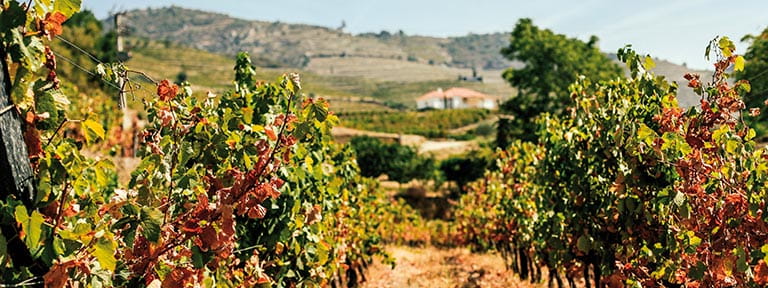
Reaching from the Portuguese border with Spain to the Porto district, the enchanting Douro Valley is considered one of the most strikingly beautiful wine regions in the world. The rugged landscape is dotted with wine estates known as Quintas, where tantalising wines and perfect ports are produced.
Alongside the fantastic selection of wines, the area also boasts delicious regional dishes based on local produce. Expect to sample some of the finest olive oil, almonds and figs here, as well as moreish cured meats and delicate river fish.
Salamanca
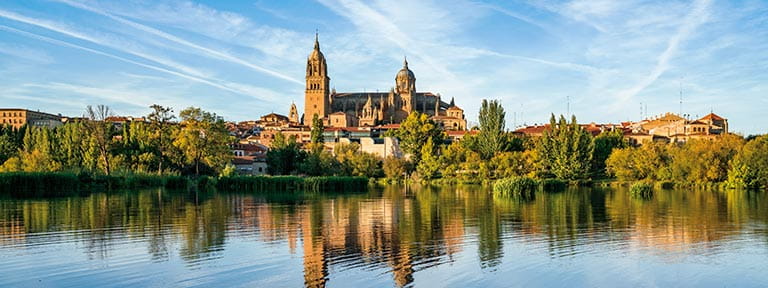
The Spanish city of Salamanca is something truly special. Nicknamed ‘The Golden City’ thanks to its shining yellow sandstone, this UNESCO World Heritage Site is an ancient centre of culture, art and knowledge. The many famous landmarks hold their own myths and secrets (keep an eye out for the carving of an astronaut on the 16th-century Cathedral), while there’s plenty more to discover down Salamanca’s charming cobbled lanes.
Casa de Mateus Palace
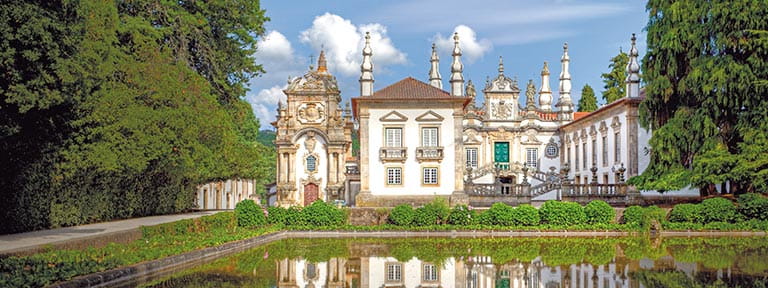
Set in a vast farm amid exquisite gardens, this 18th-century palace looks like it could have been lifted straight from a fairy tale. The Casa de Mateus Palace includes a winery, chapel and manor, designed in the baroque style by famed architect Nicolau Nasoni. Admire the hand-carved wood ceilings, and revel in its beguiling collection of paintings and ceramics.
Oporto
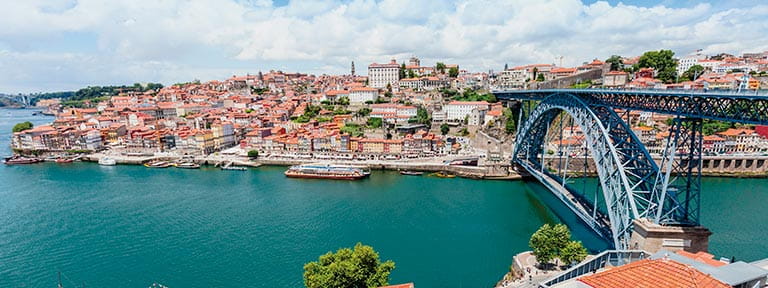
A uniquely charismatic city, Oporto is known for its port wine, street art and contemporary architecture, which slots seamlessly into the Baroque and Rococo styles. A tour of the city’s port wine cellars is a must for any visitor (it’s what Oporto is famous for, after all), but with a thriving culinary scene, trendy roof terrace bars, historic landmarks and lovely river views, there’s more to see than the bottom of your glass.
Lisbon
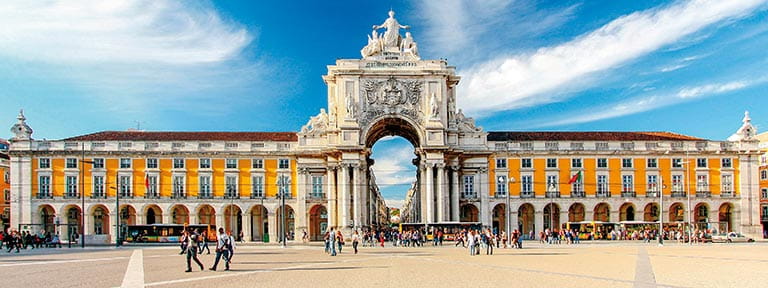
While very much a modern and vibrant city, Lisbon’s famous historic neighbourhoods still lend it a village atmosphere.
As one of Europe’s oldest cities, hints of antiquity can still be found between the pastel-toned houses, fine-dining restaurants and artisan shops, while its coastal location means there are plenty of inviting beaches to while the day away.
What is the best time of year to cruise along the Douro?
Spain and Portugal bask in great year-round weather, so when you visit for a river cruise is largely a matter of preference. Later in the year is ideal for a quieter and cooler experience, while sun-lovers will relish a high summer visit.
Explore the Douro on a Saga river cruise.
The opinions expressed are those of the author and are not held by Saga unless specifically stated.
The material is for general information only and does not constitute investment, tax, legal, medical or other form of advice. You should not rely on this information to make (or refrain from making) any decisions. Always obtain independent, professional advice for your own particular situation.
